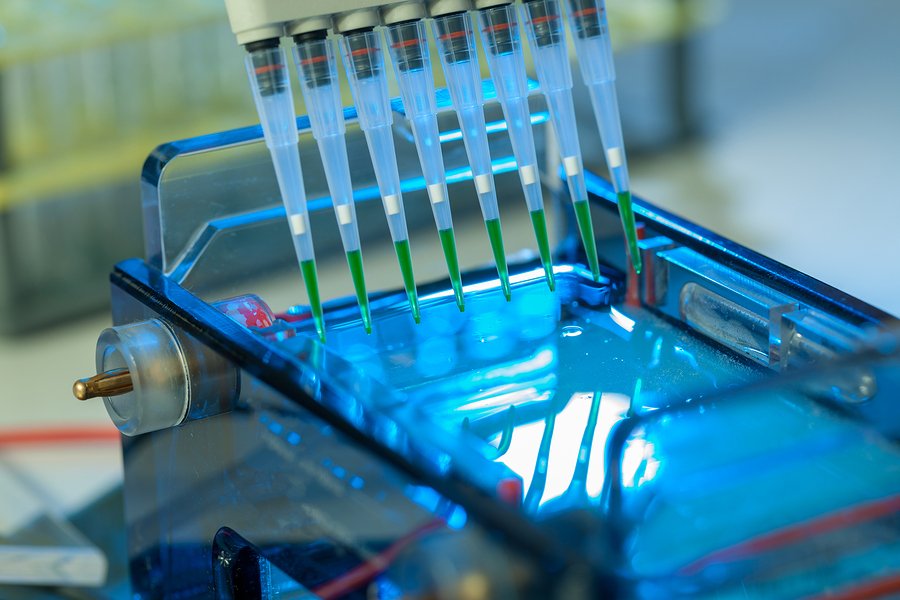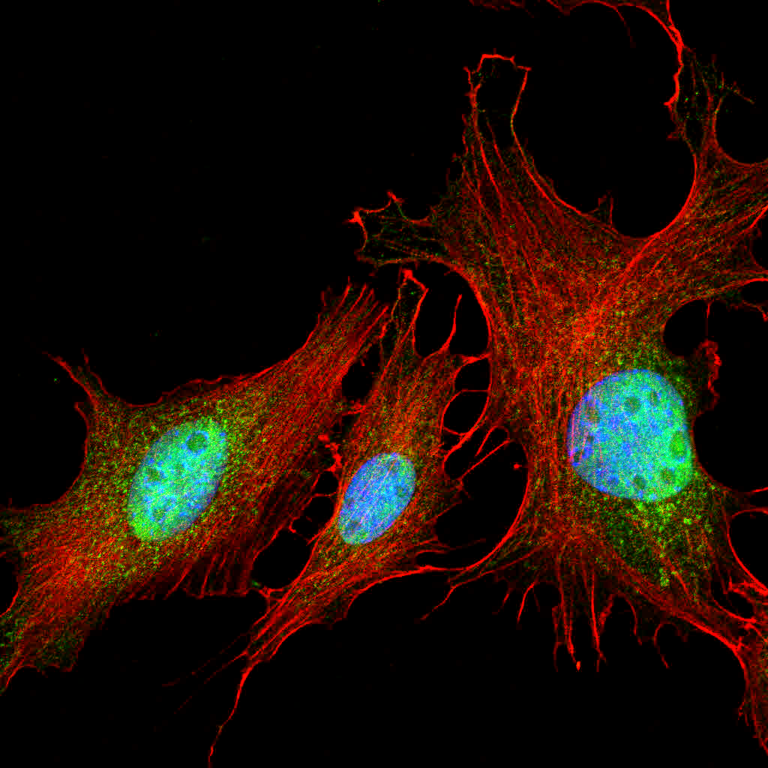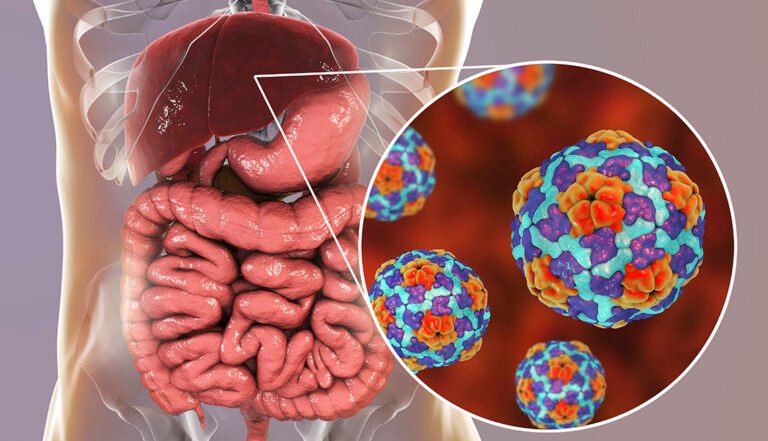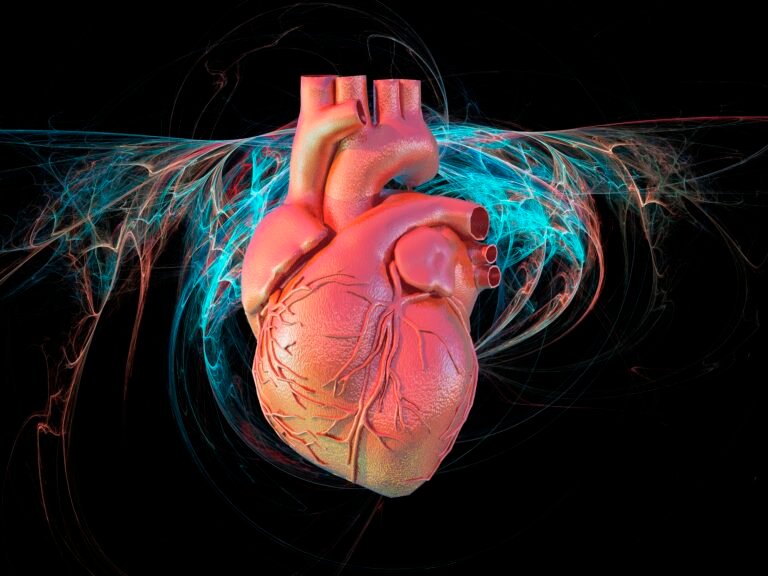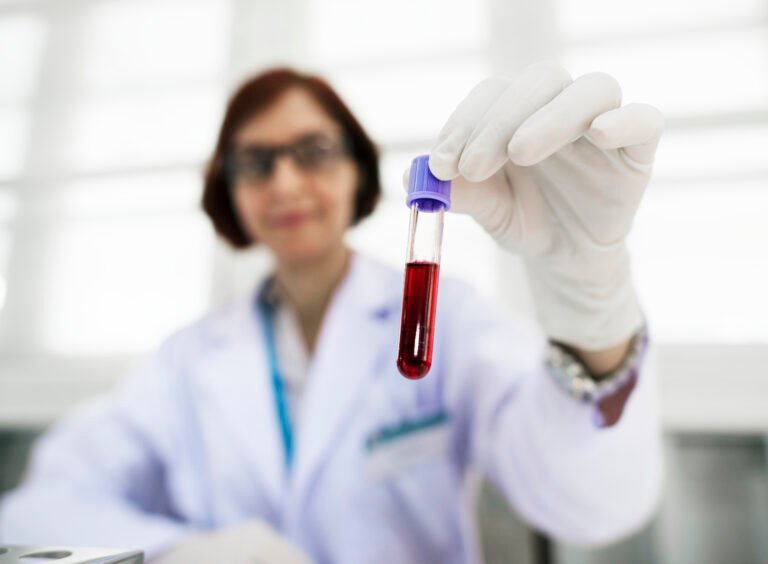Gel Electrophoresis: A Cornerstone in Modern Diagnostics
In the world of molecular biology and clinical diagnostics, gel electrophoresis stands as one of the most fundamental and widely used techniques. While simple in its concept, its impact on disease detection, genetic analysis, and forensic investigations is profound. This blog explores how gel electrophoresis works and its critical applications in diagnostics.
What is Gel Electrophoresis?
Gel electrophoresis is a laboratory method used to separate mixtures of DNA, RNA, or proteins based on their size and electrical charge. The technique involves applying an electric current to molecules placed in a gel matrix (commonly agarose or polyacrylamide). As the current flows, negatively charged molecules move toward the positive electrode. Smaller fragments migrate faster, allowing for size-based separation.
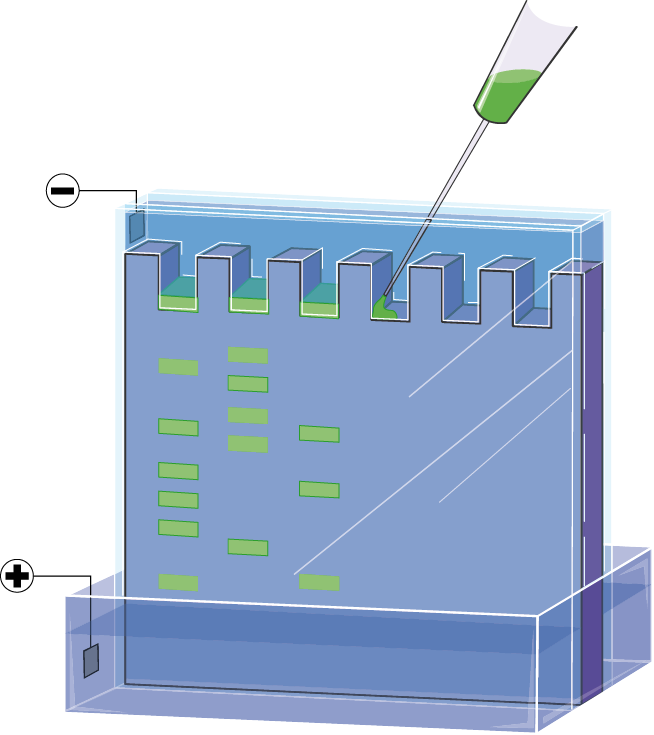
Diagnostic Applications of Gel Electrophoresis
Gel electrophoresis plays a vital role in various diagnostic procedures across medical and research settings. Some of the key diagnostic applications include:
1. Genetic Disorder Detection
Gel electrophoresis is frequently used to identify mutations, deletions, or duplications in genes. For example:
- Sickle Cell Anemia: The mutation in the β-globin gene causes an altered hemoglobin pattern detectable through protein electrophoresis.
- Thalassemia: Abnormal hemoglobin variants can be identified using this method.
- Cystic Fibrosis and Fragile X Syndrome: Specific PCR-amplified DNA fragments are analyzed via gel electrophoresis to detect genetic mutations.
2. Infectious Disease Diagnosis
The technique is widely applied in the identification of pathogens through nucleic acid testing:
- HIV, Hepatitis B/C, and HPV: Viral DNA/RNA can be detected after amplification by PCR followed by gel electrophoresis.
- Tuberculosis and Malaria: Detection of pathogen-specific DNA helps in early and accurate diagnosis.
3. Cancer Diagnostics
- Oncogene Detection: Gel electrophoresis helps visualize genetic mutations in oncogenes and tumor suppressor genes (e.g., BRCA1/2).
- BCR-ABL Translocation: In chronic myeloid leukemia (CML), the Philadelphia chromosome translocation can be confirmed by RT-PCR and gel electrophoresis.
4. Forensic and Paternity Testing
Gel electrophoresis is a crucial part of DNA fingerprinting, used in:
- Paternity disputes
- Crime scene investigations
- Identification of remains
Short Tandem Repeats (STRs) in DNA are analyzed and compared for matches.
5. Protein Analysis and Immunodiagnostics
- Serum Protein Electrophoresis (SPEP): Commonly used to diagnose multiple myeloma and other monoclonal gammopathies.
- Western Blotting: A post-electrophoresis technique used to confirm HIV infections and detect specific autoantibodies in autoimmune disorders.
6. Prenatal and Newborn Screening
- Beta-thalassemia and sickle cell disease can be screened in newborns using hemoglobin electrophoresis.
- Electrophoresis of DNA samples can reveal inherited genetic conditions early in life.
Advantages in Diagnostics
- High specificity and sensitivity
- Relatively low cost
- Versatile across DNA, RNA, and proteins
- Compatibility with PCR, blotting, and staining methods
Limitations
While effective, gel electrophoresis has some limitations:
- Lower throughput compared to automated systems
- Requires expert handling and interpretation
- Limited resolution for very small size differences
Conclusion
Gel electrophoresis continues to be a cornerstone technique in diagnostics, enabling precise analysis of genetic and protein-level abnormalities. Its role in detecting inherited diseases, infectious agents, and cancer markers makes it indispensable in both research and clinical laboratories. As molecular diagnostics evolve, gel electrophoresis remains a critical link between bench science and bedside care.

